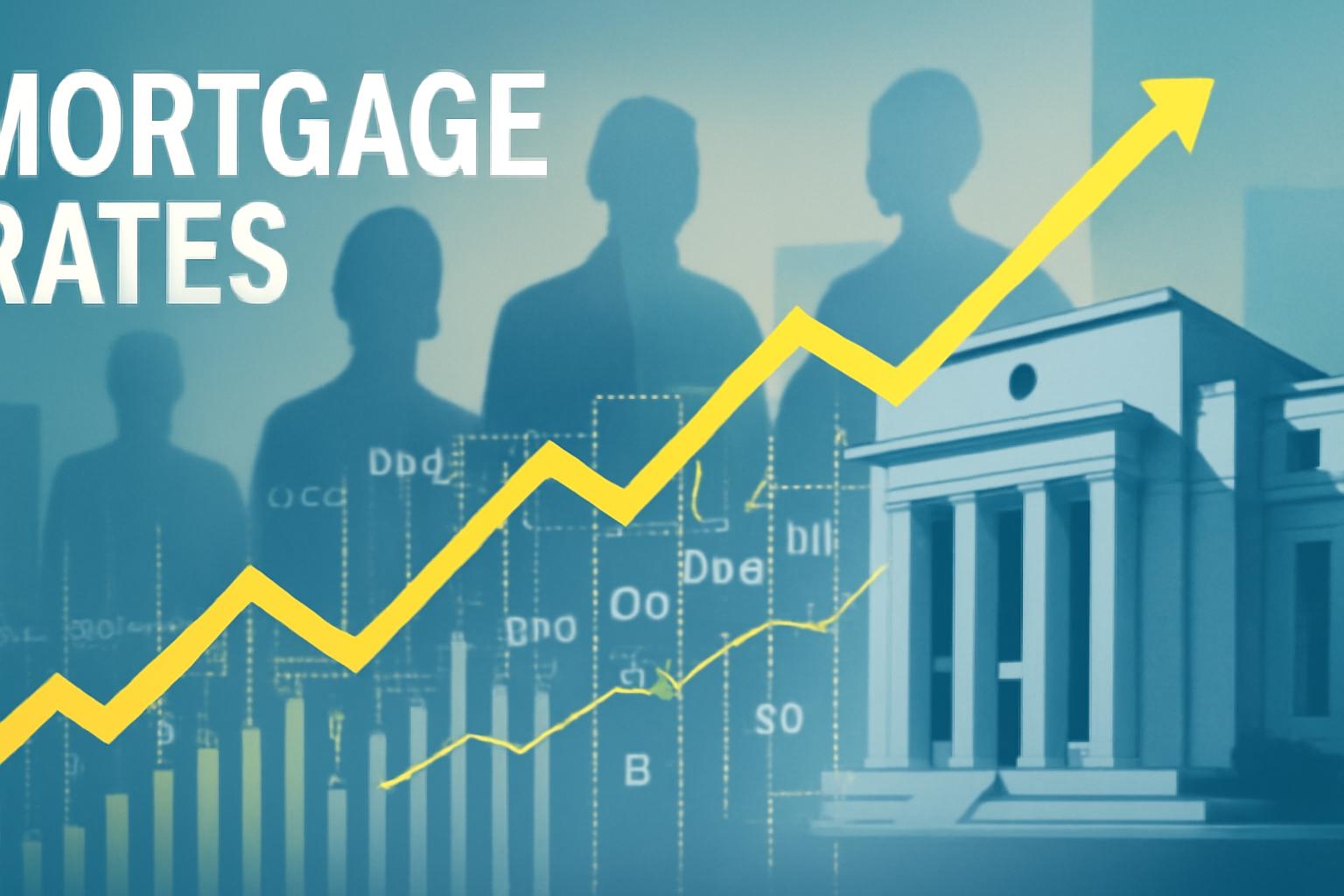Fed Rate Cut Spurs Unexpected Rise in Mortgage Rates
The Federal Reserve’s recent benchmark interest rate reduction, announced by Chairman Jerome Powell, has paradoxically coincided with an increase in mortgage rates. Contrary to expectations, the average rate on the 30-year fixed mortgage climbed by 20 basis points following the Fed’s decision and subsequent press conference.
Bond Market Reaction Reflects Skepticism Over Fed Outlook
Mortgage News Daily reports that while bond markets had largely priced in the Fed’s rate cut, the cautious tone from Powell during his news conference unsettled investors. This resulted in yields adjusting upward, reflecting doubts about the certainty of future rate cuts.
“The market’s enthusiasm for 3 Fed rate cuts in 2025 had grown a bit too large for the Fed’s liking,” said Matthew Graham, COO at Mortgage News Daily. “The market was nearly 100% certain of another cut in December. The Fed was not as certain, and Powell made it a point to say so yesterday. The result is a mild re-set in yields back to levels that are more consistent with a December cut being a solid possibility, but not a full lock.”
Recent Mortgage Rate Trends and Market Impact
Prior to the Fed announcement, the average 30-year fixed mortgage rate had dipped to 6.13% on Tuesday, matching its lowest point since September 16, 2024. Following the announcement, rates rose to 6.33% by Thursday, marking a 20 basis point increase over two days. This pattern mirrors the rate movement after the Fed’s previous cut in September, when mortgage rates similarly surged.
Refinance Surge Amid Rate Volatility, Homebuyer Demand Steady
The decline in mortgage rates earlier in the week triggered a significant increase in refinance applications, which rose by 111% year-over-year according to the Mortgage Bankers Association. However, this rate movement has not translated into a meaningful uptick in new homebuyer activity, suggesting persistent challenges in the housing market despite temporary rate relief.
FinOracleAI — Market View
The recent divergence between the Federal Reserve’s policy easing and rising mortgage rates underscores the complexity of current market dynamics. Bond markets are recalibrating expectations amid ambiguous Fed guidance, leading to increased volatility in mortgage lending costs.
- Opportunities: The surge in refinance activity presents cost-saving potential for existing homeowners amidst fluctuating rates.
- Risks: Elevated mortgage rates may dampen new homebuyer demand, exerting downward pressure on housing market growth.
- Uncertainty: Future rate cuts are not guaranteed, requiring cautious positioning by investors and borrowers alike.
Impact: The interplay between Fed policy signals and mortgage rate movements creates a nuanced environment for real estate financing, with mixed implications for borrowers and the broader housing market.













